Top Tips To Keep Your Home Warm & Save Money
During the winter months, keeping your house warm is more than just about the temperature of the air. There are many tips that you can use to help keep your house warm, including filling in the gaps between your floorboards, sealing your skirting boards, and laying rugs on your wooden floors.
1. Service Your Boiler
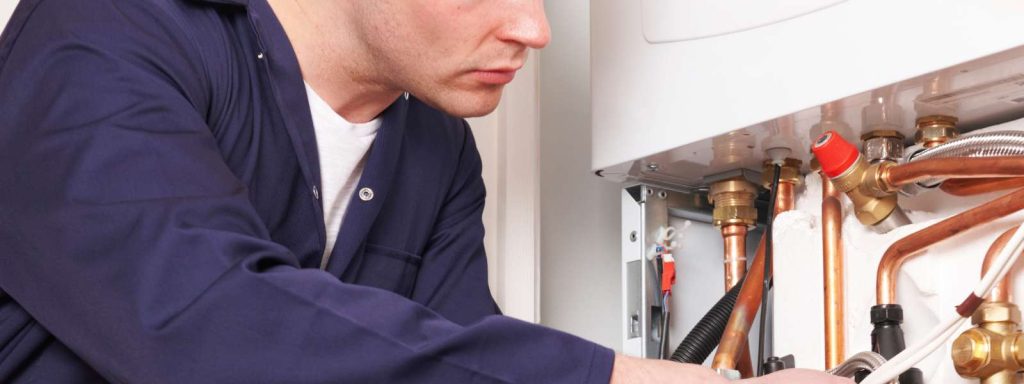
Getting your boiler serviced before winter comes can ensure that it is ready to handle the cold weather. It can also save you from a costly repair in the event that something breaks down.
The boiler has many moving parts that need to be checked out. You should also check the pressure in the boiler. If the pressure is low, you may have a problem. You may also need to bleed out the radiator to get rid of the air trapped inside.
Another important part of your boiler is the burner. It should be cleaned from time to time. You should also replace any burnt out or overheated components. Keeping these parts clean will help them work better in the fall.
It’s also important to check out the thermostat. A malfunctioning thermostat can make your house a very cold place.
2. Bleed Your Radiators
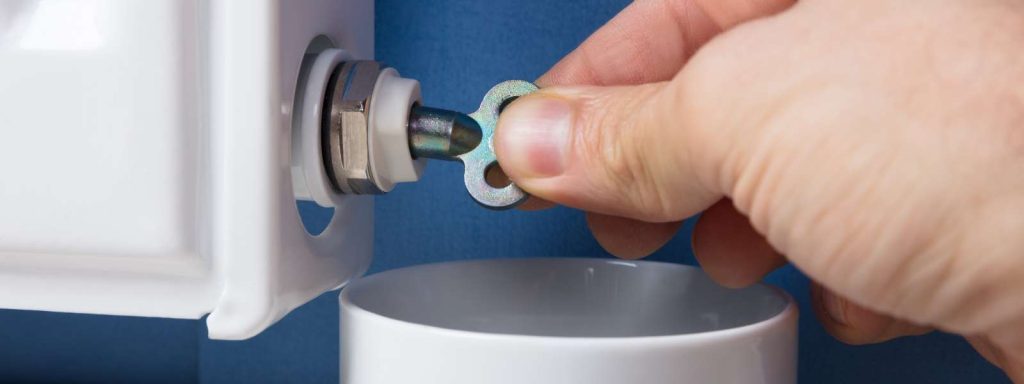
During the cold months of the year, bleeding your radiators can save you money on heating costs. The process can be quick and simple. However, if you are unfamiliar with the process, you should call in a professional.
The best time to bleed your radiators is before the winter months begin. This is especially important for hot water radiators.
Typically, a bleed will take around 20 seconds to complete. However, it can vary depending on the size of your house. You will also need to check your boiler pressure after bleeding your radiators. If you find that your pressure is low, you will need to top up the water.
The bleed valve is usually located at the top of the radiator. You will need to open the valve with a radiator key. You can purchase these in most home improvement stores. If you do not have a radiator key, you can use a screwdriver to open the valve.
3. Replace Your Thermostat
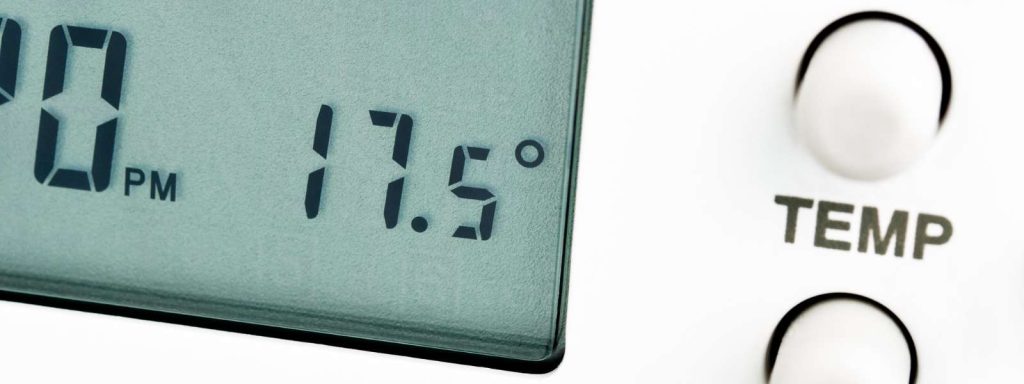
Whether you have an old thermostat that is causing your heating system to work too hard or a thermostat that is just not working as well as it should, replacing it can be a great way to increase energy efficiency and keep your home comfortable throughout the winter.
A faulty thermostat can not only make your home uncomfortable but it can also cost you money on your energy bill. If you are not sure whether or not your thermostat needs replacing, check with your heating engineers to find out.
If your thermostat is not working properly, it could be due to a malfunctioning sensor or wiring. This can be caused by the age of the thermostat, misuse, or manufacturing defects.
Before you replace your thermostat, you should clean the internal parts. This can prevent dust from accumulating under the thermostat’s faceplate. You should also make sure the wires are connected properly.
The Hive Central Heating Thermostat
Having a smart heating system installed in your home is a great way to save money. You can control the system while you are away and get reminders to turn the heating on when you return home. The system also provides insights into your energy usage. You can set it up in minutes.
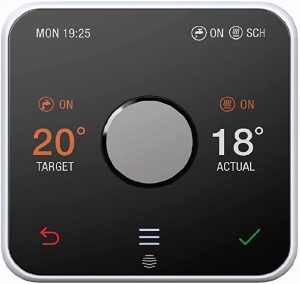 The Hive Central Heating Thermostat is a great investment. It will provide your home with heating requirements and can be easily connected to smart devices such as Amazon Alexa and Google Home. This enables you to control the temperature remotely, and even schedule your heating according to your own preferences. In addition, it offers features such as holiday mode, which automatically turns the heating on at the right time when you arrive home. You can also create your own custom paint scheme. The outer frame can be painted in any of twelve different Dulux colours.
The Hive Central Heating Thermostat is a great investment. It will provide your home with heating requirements and can be easily connected to smart devices such as Amazon Alexa and Google Home. This enables you to control the temperature remotely, and even schedule your heating according to your own preferences. In addition, it offers features such as holiday mode, which automatically turns the heating on at the right time when you arrive home. You can also create your own custom paint scheme. The outer frame can be painted in any of twelve different Dulux colours.
In addition to the Hive Central Heating Thermostat, Hive also sells a number of other devices that can be integrated into your home. These include smart radiator valves, which can create up to six zones. You can also purchase a Hive Hub to connect your smart devices, and control your heating from anywhere. These devices are also compatible with the Hive app. This is the easiest way to set up your system and is also the most convenient way to keep your home’s temperature in check. You can also use Hive to connect your home’s security and lighting systems.
The Hive Central Heating Thermostat has been designed by industrial designer Yves Behar. This small device contains several clever features and offers a modern look. It also has a clever mirrored front plate to help it blend in with your home’s decor. The device also has a colour screen hidden behind the front plate. The colour screen can display information such as the weather, and it is also capable of telling you the best time to turn on the heating.
The Hive Central Heating Thermostat may be the new kid on the block, but it’s got a few features that make it stand out from the crowd. One of the most interesting features is the fact that it uses a geolocation tool to ensure your system turns on at the right time. It is also possible to set it to turn off when you leave for a while, which is handy if you plan on spending some time out of the house.
While you’re at it, the Hive Central Heating Thermostat can be programmed to turn the heating on in the morning, so that you are sure to arrive home to a cosy home. There is also a programmable clock. You can also add additional radiator valves to create more zones, or add extras such as an electric water heater. You can also buy the device on Amazon, where it is available in different bundles.
Google Nest Thermostats
Whether you are looking to replace your current thermostat or just want to have better control of your central heating, there are a number of options available. These smart thermostats provide greater control over your central heating and can help you save money and energy. In fact, changing just one degree can cut your energy usage by five per cent.
 Nest’s auto-learning feature allows the thermostat to learn how your home works. It uses this information to provide the most efficient cooling and heating. It also learns your schedule and can adjust the temperature when you’re away. It also offers a smoke and carbon monoxide detector. You can also adjust the thermostat from a smartphone or tablet using the Nest app. It’s also Wi-Fi compatible, so you can control it from anywhere. It’s also designed to be environmentally friendly. It’s made from recycled materials.
Nest’s auto-learning feature allows the thermostat to learn how your home works. It uses this information to provide the most efficient cooling and heating. It also learns your schedule and can adjust the temperature when you’re away. It also offers a smoke and carbon monoxide detector. You can also adjust the thermostat from a smartphone or tablet using the Nest app. It’s also Wi-Fi compatible, so you can control it from anywhere. It’s also designed to be environmentally friendly. It’s made from recycled materials.
Nest also has a built-in motion sensor that detects when you are home or away. It also has a geolocation feature that helps the thermostat identify when you are away from your home. When you leave, it reduces the temperature to save energy. It also sends you alerts when something is wrong, such as when the temperature is too low.
Nest also provides an auto-away feature that lets the thermostat switch to cooling when you leave the house. This is an excellent feature if you frequently leave the house empty or if you are travelling for long periods. The Nest also helps you save money by providing monthly energy usage reports. You can use the app to control the thermostat, schedule energy use and adjust the temperature manually.
 The Nest app allows you to control the thermostat and other Nest devices from anywhere. You can also view the weather forecast, view the current room temperature, and set a target temperature. You can also check your energy usage each day. You can also program auto-away or auto-schedule, allowing the thermostat to adjust the temperature to the schedule that you prefer. You can also control the Nest Protect security camera, which uses motion detection to detect when you enter and leave the house. It also allows you to communicate with your family and friends using the camera. The Nest also features a geolocation feature, which allows the thermostat to detect when you are outside your home.
The Nest app allows you to control the thermostat and other Nest devices from anywhere. You can also view the weather forecast, view the current room temperature, and set a target temperature. You can also check your energy usage each day. You can also program auto-away or auto-schedule, allowing the thermostat to adjust the temperature to the schedule that you prefer. You can also control the Nest Protect security camera, which uses motion detection to detect when you enter and leave the house. It also allows you to communicate with your family and friends using the camera. The Nest also features a geolocation feature, which allows the thermostat to detect when you are outside your home.
Another feature of the Nest Learning 3rd Generation Thermostat is its ability to adjust the temperature based on your heating and cooling habits. This can save you money and energy, since it learns what temperature you prefer to keep the house at. It also sends you alerts when the temperature in your home is too low or when the air conditioning is not working.
There are also additional accessories available for the Nest, including a home security camera and a smoke and carbon monoxide detector. Nest also offers the Nest Protect, which allows you to control the thermostat and your air conditioning from a smartphone or tablet. The Nest Protect can also help you detect when an intruder is near the home, and it can also scare them away.
Tado Central Heating Thermostat
Using an internet connection and other geolocation functions in your smartphone, Tado intelligently controls your home’s heating, using your location to determine when to turn the heating on and off. It works with major home automation devices, including Google Assistant and Amazon Alexa. It is compatible with a variety of air-to-air heat pumps, including Buderus, Danfos, Ideal, Honeywell, and Potterton.
You can get some of the best deals on Tado Thermostats and smart home devices from Amazon.
With Tado, you can control your home’s temperature in the morning, before you leave for work, or after you get home from work. You can also set a daily schedule for your whole house. The app supports Apple HomeKit, which allows you to control your entire system with just one hub. For example, if you set your daily schedule for when your heating should be on, it will also control your hot water system.
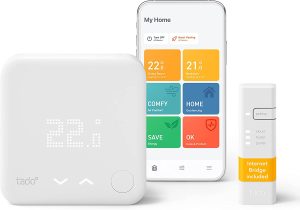 Using an internet bridge, Tado can also connect to third-party home automation devices. This includes smart thermostats and radiator valves, which use Bluetooth technology to connect to Tado. You can also use a Tado web app on your PC or Mac to control all of your devices. You can also view a detailed report of the activities of your Tado devices and how they affect your home’s heating.
Using an internet bridge, Tado can also connect to third-party home automation devices. This includes smart thermostats and radiator valves, which use Bluetooth technology to connect to Tado. You can also use a Tado web app on your PC or Mac to control all of your devices. You can also view a detailed report of the activities of your Tado devices and how they affect your home’s heating.
Tado also supports Siri and Google Assistant. You can use the mobile app to control your heating and hot water systems with voice commands, including adjusting your preferred sleeping temperatures. It can also recommend optimum ventilation for your home, based on your pollen count and other outdoor atmospheric conditions.
Tado devices are easy to install and can be used with most types of central heating and air conditioning systems. If you have a Tado thermostat, you can set the device to operate in manual mode, which turns on the heating only when the room temperature drops below five degrees. In addition, Tado devices can switch off when a window is open. You can also use the Tado mobile app to control your heating with voice commands.
Tado devices also include shortcuts to your device history and schedule. You can program daily heating and cooling cycles for your entire house, or you can set different schedules for each day of the week. You can also set a temporary temperature, which will automatically revert to your schedule after a few hours. You can also schedule a sleep/wake cycle for your entire household.
Tado has a feature called Auto-Assist that allows you to set heating and hot water schedules for individual rooms. The app also includes a health report on your boiler, which can help you to keep your system running at optimal performance. Using this feature will help to save energy and prevent your heating system from breaking down. You can also use Auto-Assist to detect when the last person is leaving the home. When the app detects that the last person is leaving the home, it will automatically turn on your heating system.
The Tado app is easy to use and provides step-by-step instructions. It also offers images to illustrate the steps. You can set up a schedule and control your home’s heating and hot water systems with voice commands.
4. Draught Proof Your Windows & Doors
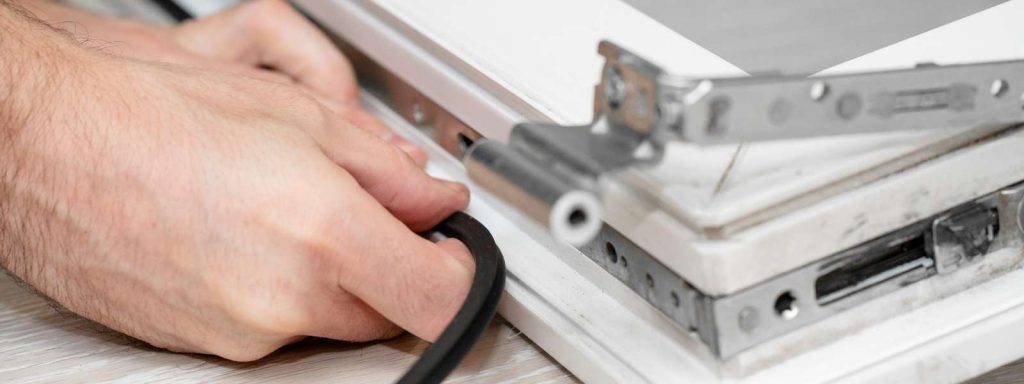
Keeping your home warm during the winter can be challenging if you don’t take the time to draught proof your windows and doors. It’s a simple and cheap way to cut your energy costs.
Besides draught proofing, there are a few other ways to make your home more energy efficient. You can also use thermal barriers to keep your rooms cosy. These are made of layers that reduce heat loss.
To draught proof your windows and doors, you can apply foam or rubber strips to the frame. These are available at most hardware stores. The foam strips are the easiest to apply and will last longer than the rubber ones. They are also inexpensive and come in a variety of sizes.
5. Move Furniture Away From The Radiators
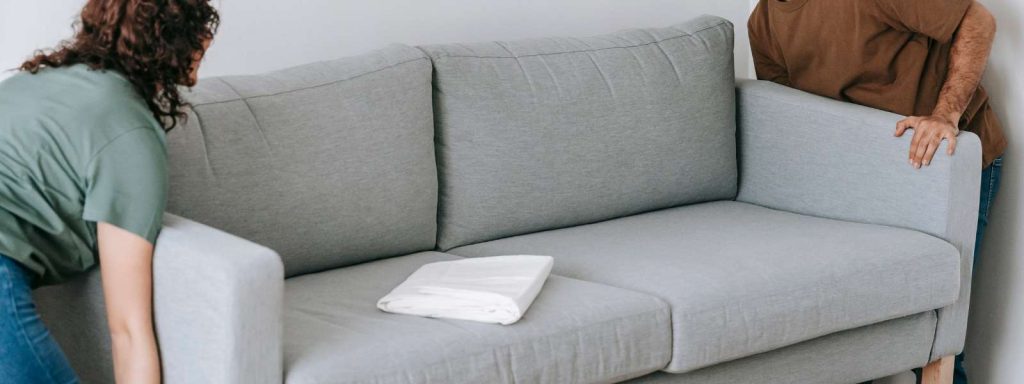
Having furniture that blocks your radiator isn’t the best way to keep your house warm, especially if you live in a cold climate. In addition to absorbing heat, these large pieces of furniture can also catch fire, obstruct heat and reduce the amount of room for heat to be dissipated.
You can make your house warmer and save money by moving furniture away from your radiators. This may require you to redesign your room layout or get a little creative. There are a few tricks to help you get the most out of your space, such as layering rugs, keeping curtains and blinds closed, and using a good quality draft excluder.
Moving your sofa away from your radiator is the best way to keep the heat in your house without having to turn on your central heating. This will also save you money on your utility bill.
6. Insulate The Loft
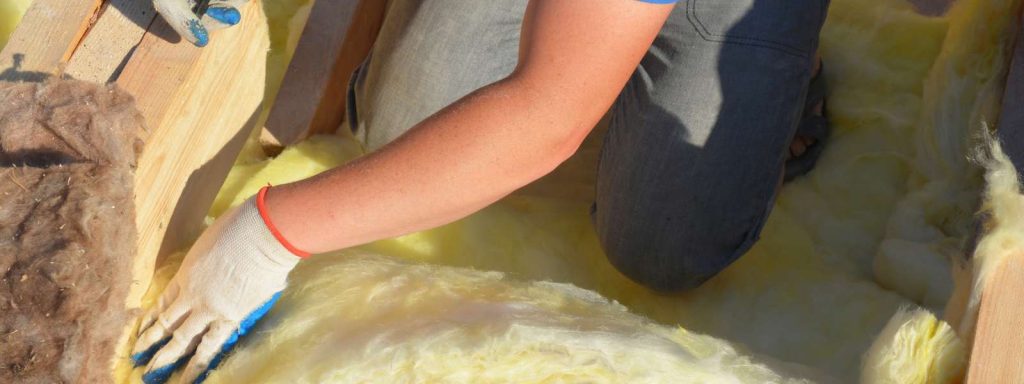
Having loft insulation installed can save you money on your heating bills and will make your home more comfortable in winter. It can also help to reduce your carbon footprint. It can also improve the energy efficiency rating of your home and make it more attractive to potential buyers.
Loft insulation is the cheapest way to reduce your energy costs. It can save you money each year by increasing your home’s energy efficiency. The amount of insulation you require depends on the size of your loft and the type of insulation you use.
The first step is to remove any clutter and obstructions from your loft. Next, measure the area and work out how many rolls you need. You will need at least three rolls of 8in deep foam to insulate most lofts.
7. Fill The Small Gaps Between Your Floorboards
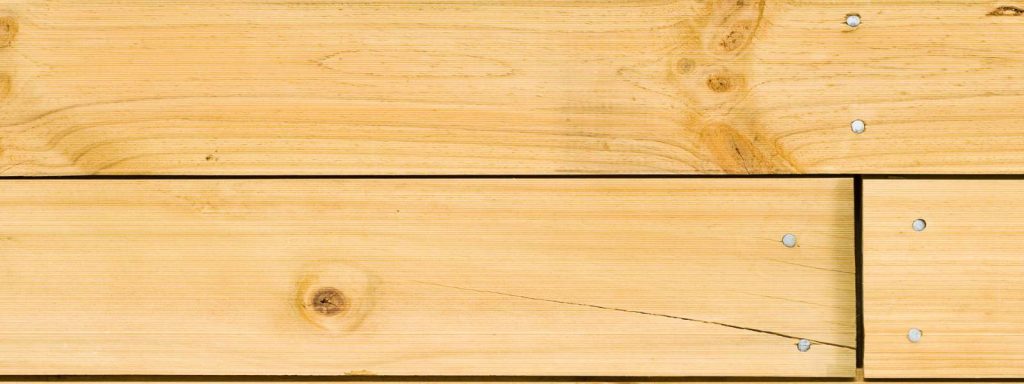
Keeping your house warm this winter is a lot easier when you’re aware of the small gaps between your floorboards. This problem is a result of the seasonal expansion and contraction of the hardwood floorboards in your home.
If you want to keep your house warm this winter, you should try to minimize these gaps by controlling the temperature of your home. This means keeping the temperature on your HVAC thermostat at a comfortable level. It is also important to control the relative humidity of the air. Some species of wood absorb more moisture than others. A humidifier or dehumidifier can help.
You can also fill the small gaps between your floorboards by applying sawdust or wood glue. This is not a cure, but it can make the problem a lot easier to solve.
8. Seal Your Skirting Boards

Keeping your house warm this winter requires a lot more than just turning up the heating. You can use your basement for insulation, but you will need to lift up the floorboards for good measure. You can do this by using insulating foam boards. These are readily available at home improvement stores and can be installed after the skirting is in place.
You can also use a vacuum cleaner to scour the floor for loose particles. This is a good way to prevent your carpet from slipping and dragging on your carpet. Likewise, you can layer rugs on top of each other to cover a larger surface area.
One of the best ways to keep your house warm is to add an insulating foam board between the joists. You can find this at home improvement stores or at your local home improvement warehouse. The best part is, it’s cheap!
9. Close Your Curtains

Keeping your home warm is important when the temperature starts to fall. The key is to keep the cold air out and keep warm air in. The best way to do this is to close your curtains.
Curtains can provide a significant amount of insulation, especially if they are lined. Curtains can also reduce draughts. Closing your curtains during the day can also help keep your home warm. By blocking the cold air out, you will be able to reduce the work of your air conditioner. Also, keeping your windows and doors closed tightly will reduce the amount of heat that gets lost through them.
Using thermal curtains can also help keep the heat inside your home. Thermal curtains are thick and are often lined. They are especially effective if you have single-glazed windows.
10. Lay Rugs On Wooden Floors

Adding rugs on wood floors can be an effective way to keep your house warm this winter. However, it is important to choose the correct rug to keep your floors warm. Some rugs are meant to protect your hardwood floors from damage and staining, while others are meant to insulate your home.
A thick rug is best for insulating your floors. It has more surface area to absorb noise and keep your feet warm. However, you should use a rug pad to prevent damage to your floors. The best rug pad is one that is made of non-slip materials and can hold your rug in place. You can buy non-slip rug pads at your local hardware store.
A rubber-backed rug can help to insulate your floors, but it can also dull the finish on your wood floors. You should use a non-slip rug pad with a rubber-backed rug. A non-slip rug pad is a popular choice for keeping rugs in place on wood floors.




